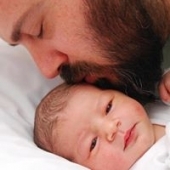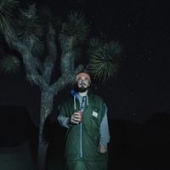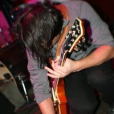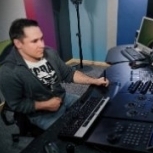-
Posts
6 -
Joined
-
Last visited
Reputation
16 NeutralAbout Anthony Raffaele
- Birthday 08/06/1979
Recent Profile Visitors
1,248 profile views
-
Obviously you could color in lab color space, I think it's worth playing around and seeing if you like the feel of the controls. It should feel very different. I personally have tried it and found its use to mainly be in trimming values.
-
I do the same as Andy. I would create a layer and the first operator would be colorspace to rlab and then the last is rlab to working colorspace. Then put your video and film operators in between. This is particularly helpful in trimming illegal or negative values in an aces colorspace.
-
The baselight for avid plugin is pretty extensive. it has about 95% of the tools set of the regular baselight program. It lacks some major functionality that the baselight proper has, like the ability to compare shots and multi paste corrections. All of the quality of life and speed functionality is missing. That being said, we have a colorist at our facility using it on a case by case basis.
-
For one, they revamped their color pipeline several years ago to fit more into the aces color model ... idt/working colorspace/odt. You don't have to be using aces to take advantage of their color mapping. You could easily map your r3d files from red log to xyz then color and output a dcp and rec709 pass with minimal adjusting. They have been constantly updating colorspaces adding a ton of hdr options like HLG (hybrid log gamma). As well as a large selection of display rendering transforms. For those of you who aren't familiar, DRT/RRT's are basically the lut in this style of color work flow. Only smarter! The drt will transform your working color space into any output color space. It maps the points correctly. And this is where the baselight really shines. It's color mapping is so good that when I did the video trim for cafè society we added a half a point of red to the entire film and that was it. (After we did creative adjustments in the video pass but no actual matching). In their new version they will be adding a "gamma compression" operator. For those of you that have worked in aces, it will help roll back illegal/ negative values. This is an inherent problem in the aces colorspace. It's so big that color literally roll negative and solarize. I could go on and on technically but one of the main points of understanding these new technologies is to find options and inspiration to help tell the story in front of us. And to find a way to use all the "techno mumbo jumbo" creatively. i would also add that resolve and even lustre are creeping their way into ACES. Both can do it. Although ftom what I've seen their ease of use isn't quite there yet.
-
I would have to agree that you need to develop an eye and watch a lot of films and go to a bunch of museums. You can't work on films and not be able to talk about them. You also find inspiration in other art forms. So a broad understanding of art is great. If you want an over view ... the story of art is a great read. And if your starting to color, you should be learning how to match grade. Single most important skill that will get you working on more projects. I've graded on resolve, lustre, baselight, and some other smaller platforms. Resolve and baselight have similiar tool sets. My opinion is they only differ at advanced levels. if all your doing is banging on lift/ gama/gain until you have a good image and then keying skin tone and adding a vignette ... you can do it on any platform. If you want to recreate a style of image like a 2-strip look or something that looks like it was run through a telecine with the coring over cranked, you need flexibility in your tool set and I use the same show lut for every film. So the looks I create are done by manipulating the image layer by layer. The layer system is what makes baselight stand apart. Similar to oil painting, you broad stroke lower layers and fine tune higher layers. Building subtle adjustments layer by layer. I think baselight offers those tools with more depth, flexibility, and overall larger set of options. Plus is aces color science and implementation blows the rest out of the water. All my pontificating aside, it's a matter of comfort and personal preference. I may find doing something in resolve cumbersome but someone else might think the same process in baselight is cumbersome. So I guess ... you can split the diff.





